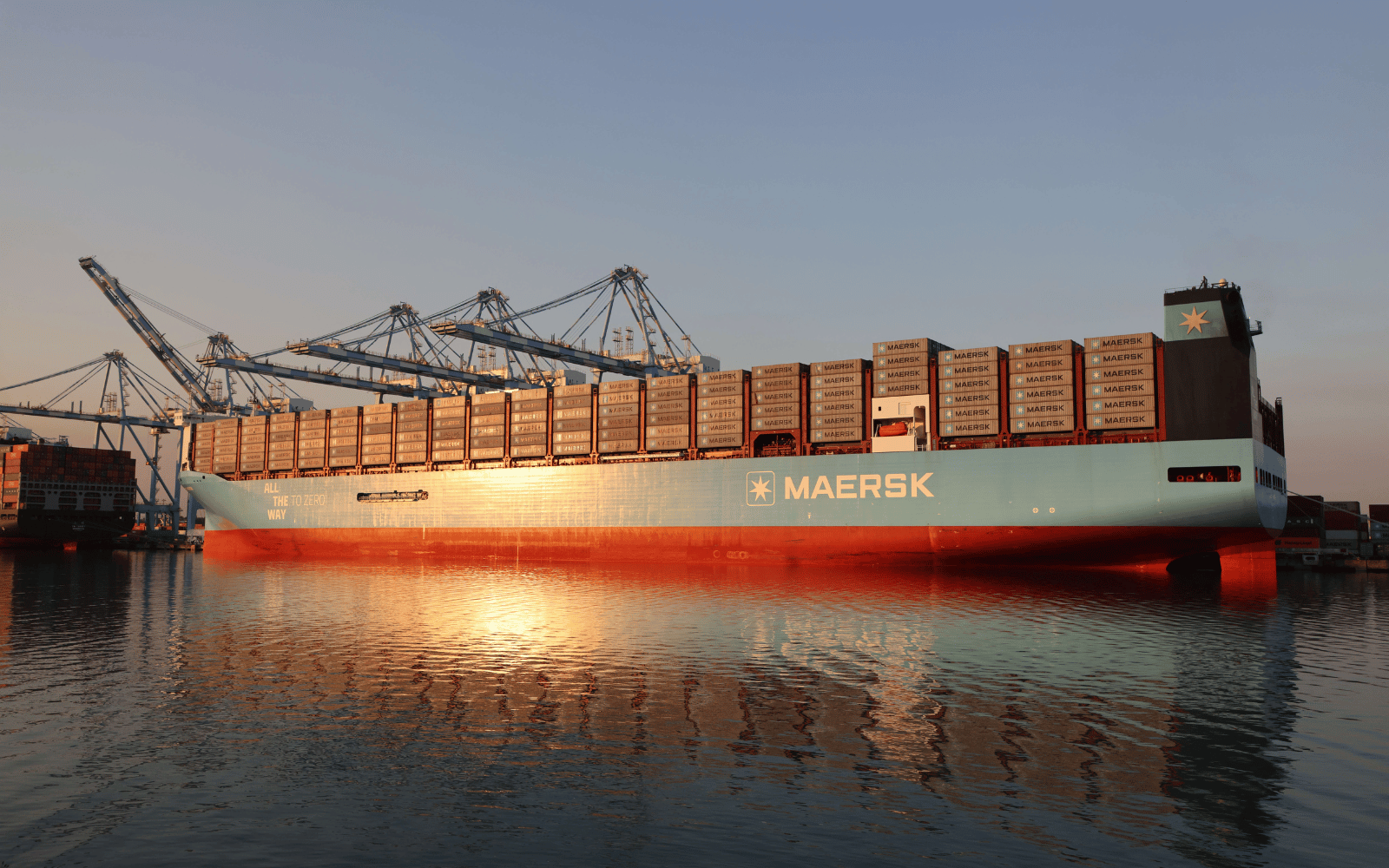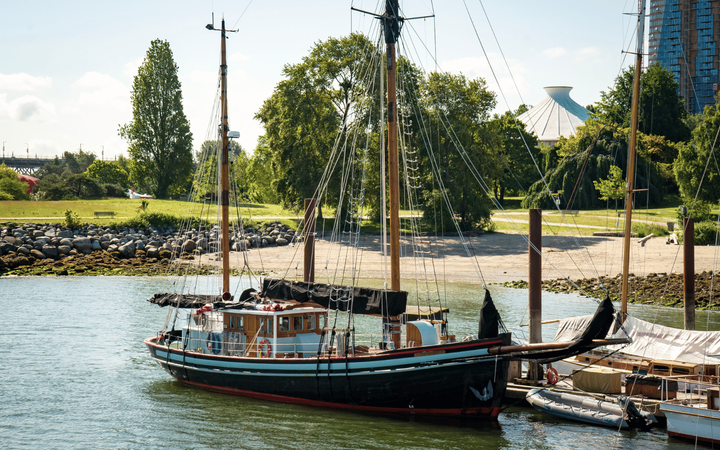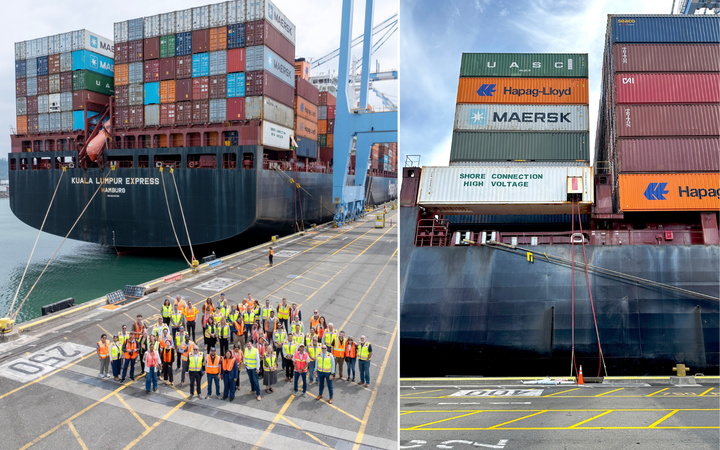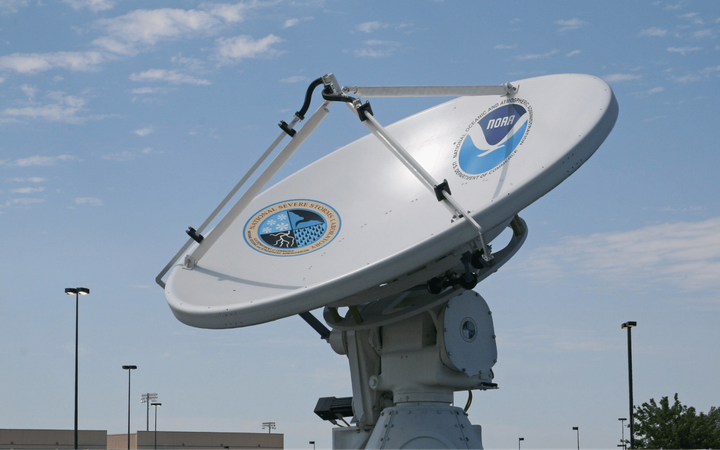A very large, dual-fuel container ship visits Tacoma
The 1,100-foot long Maersk Alette uses both low-carbon methanol and petroleum-based fuel.

The Maersk Alette has two claims to fame: it's pretty big and is a “dual-fuel” vessel. The Northwest Seaport Alliance touted its arrival at Tacoma’s Husky Terminal earlier this month as a milestone for Puget Sound’s ports which are trying to attract larger ships and meet environmental sustainability goals.
How big is big? The ship is 1,150 feet long and 174 feet wide. It is a 16,000 TEU ship.
More about TEUs
Container ship size is measured by TEU (twenty-foot equivalent unit) — essentially its max capacity for 20' long containers. The largest container ships in the world are, for now, about 24,000 TEUs. The Port of Tacoma can currently accommodate a 14,000 TEU ship. After the harbor deepening project, they'll be able to accommodate 18,000 TEU ships. — from Touring the Port of Tacoma.
What does “dual-fuel” mean? The Alette is part of a series of new ships that can use both petroleum-based fuel and methanol fuel, one of several alternative fuels being piloted in the maritime industry. However, according to Reuters, the methanol fuel isn’t available in the U.S.
So while it was the “first container vessel powered by low-carbon methanol fuel to cross the Pacific Ocean,” the ship must rely on traditional marine fuel for its westbound passages.
Why it's on my radar:
Over 450 container ships have arrived during the first seven months of 2024, according to Marine Exchange of Puget Sound, some of which probably delivered a lot of furniture, one of Tacoma’s top import items.
Yet this particular container ship is representative of three major trends: deepening commercial harbors, ever-growing ships, and efforts to reduce maritime carbon emissions — including through so-called “green shipping corridors” which remain largely aspirational initiatives and may be susceptible to greenwashing.
The dual-fuel approach is another variation of going hybrid. While the international shipping industry has set decarbonization goals, there is no one alternative fuel or path to electrification that’s the standard. For now, that means a lot of R&D, widely different technologies hitting the water, and limited infrastructure for alternative fuels.
Additionally, container ships represent much more than a vessel dedicated to “trade and commerce.” They bring a massive amount of imported goods not only to Washington state but to regions across the country, including the Midwest and Alaska.
Next time you’re purchasing an item online or in the store, it may very likely have been in a box, on a pallet, inside a shipping container, lashed to the deck of a container ship that is as long as the Eiffel Tower is tall. Holy ship!



